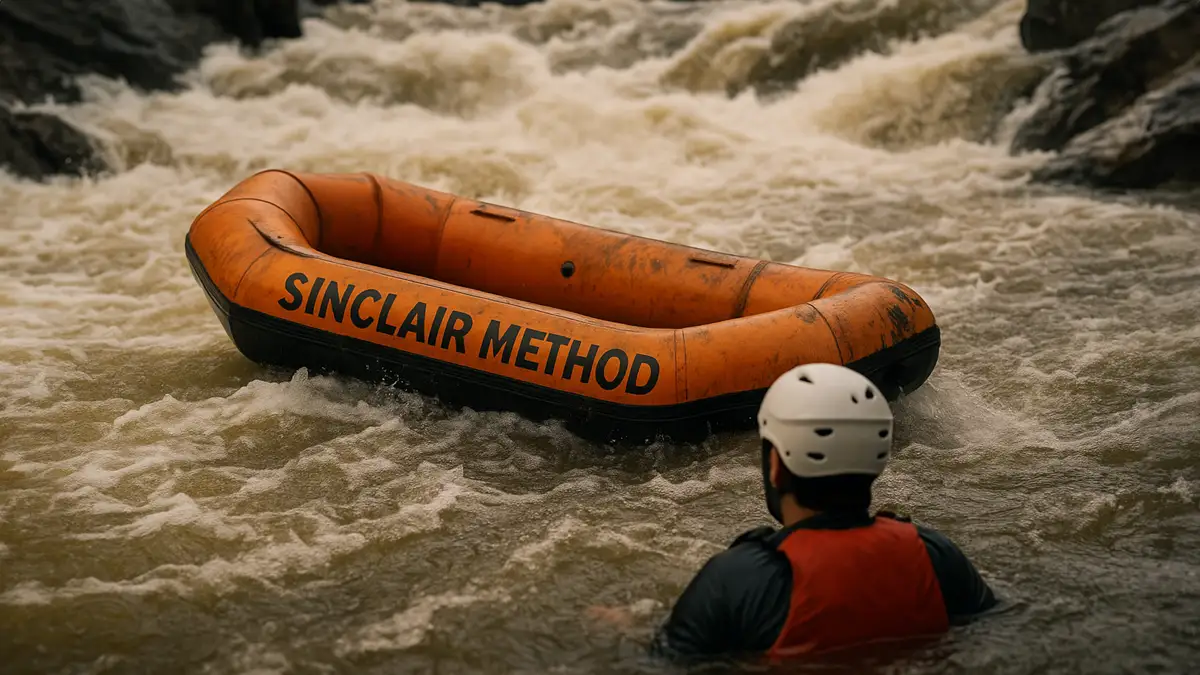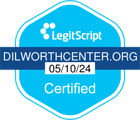June 29, 2025
No Substitute for Comprehensive Care: Dilworth Center’s Perspective on Sinclair Method

Modern marketing promises a pill for everything—even alcoholism. Advocates of “sinclair method alcohol reduction” claim you can continue drinking while extinguishing craving with naltrexone (Articles 1–2).
At Dilworth Center, we applaud any science-based aid, yet see daily proof that lasting sobriety requires integrated, whole-person care.
Here’s why our 12-step-oriented program collaborates with medication—but never relies on it alone.
1. Our Treatment Philosophy: Bio-Psycho-Social-Spiritual
Alcohol Use Disorder (AUD) has biological underpinnings (genetics, neuro-adaptation), psychological drivers (trauma, anxiety), social reinforcers (family, culture), and a spiritual void described in the Big Book of AA (1939).
A single intervention cannot heal all four domains. SAMHSA’s latest guidance echoes this: “Medications are most effective when combined with counseling and recovery support services.”1
2. Where Naltrexone Fits—and Where It Doesn’t
A 2023 JAMA meta-analysis confirms oral naltrexone (50 mg) lowers heavy-drinking risk by about 10 % compared with placebo when paired with psychosocial care.2
Helpful? Yes. A cure? No. Without therapy or 12-step engagement, benefits erode quickly—especially if the person stops dosing (see Article 4).
3. Why Dilworth Center Does Not Prescribe In-House
- Abstinence Focus. Our program fosters total sobriety; the Sinclair Method hinges on continued drinking, creating philosophical tension.
- Medical Oversight. Prescribing requires on-site physicians and lab infrastructure. As a counseling-centric facility, we coordinate with outside MDs instead.
- Empowerment Over Dependence. We encourage skills and spiritual growth that endure beyond any prescription.
Important: Guests already taking naltrexone are welcome. We collaborate with their doctors, monitor progress, and gradually orient them toward abstinence-based recovery—never stigmatizing legitimate medication use.
4. Evidence Favors 12-Step Integration
A 2020 Cochrane Review found Alcoholics Anonymous (AA) and clinically delivered 12-Step Facilitation (TSF) produced higher continuous abstinence and lower healthcare costs than cognitive-behavioral therapy or motivational enhancement in several head-to-head trials.3
Stanford researchers likewise concluded AA is “as effective, if not more so, than established treatments.”4
These findings reinforce Dilworth’s core approach: peer fellowship plus professional counseling.
5. Comprehensive Care in Practice
| Domain | Interventions at Dilworth Center | Medication’s Role |
|---|---|---|
| Biological | Medical coordination, nutrition, sleep hygiene | Dampens cravings so therapy is productive |
| Psychological | Individual & group counseling, trauma work | None—naltrexone doesn’t process trauma |
| Social | Family education, alumni network, sober events | None—chemistry can’t teach boundaries |
| Spiritual | 12-step meetings, mindfulness workshops, service | None—purpose & meaning aren’t pill-based |
6. The Risks of “Sinclair Method Alcohol” Reliance
- Fragile Compliance. Miss a dose before drinking and the reward returns full-strength (Article 2).
- Continued Toxic Exposure. Even blocked euphoria doesn’t prevent liver disease, accidents, or poor decisions.
- Root Causes Neglected. Emotional pain or social context remain unaddressed, setting the stage for relapse or cross-addiction.
7. Success Metrics: More Than Fewer Drinks
Trials measure “drinks per day.” Our alumni measure jobs retained, families healed, serenity gained.
Those outcomes arise from comprehensive change, not from numbing receptors.
As SAMHSA states, the ultimate goal is “full recovery, including the ability to live a self-directed life.”1
8. Path Forward for Clients on Naltrexone
Medication can open the door; only action walks you through it.
- Stay under medical supervision. Regular liver tests and dose reviews.
- Engage fully in counseling. Address trauma, anxiety, and thought patterns.
- Join the fellowship. Daily 12-step meetings build sober community.
- Create a relapse-prevention plan. Identify triggers; develop coping skills.
- Re-evaluate periodically. Many taper off medication once skills solidify.
Read Earlier in the Series:
Key Takeaways
- Sinclair Method alcohol protocols illustrate naltrexone’s limits: biology only.
- Dilworth Center collaborates with physicians but centers care on therapy and 12-step engagement.
- Cochrane evidence shows AA/TSF outperform many therapies for continuous abstinence.
- Holistic recovery—medical, psychological, social, spiritual—offers the best chance for lasting change.
References
- Substance Abuse and Mental Health Services Administration. “Medications for Substance Use Disorders.” 2024 update. samhsa.gov
- McPheters M, et al. “Pharmacotherapy for Alcohol Use Disorder: A Systematic Review and Meta-Analysis.” JAMA 2023. pubmed.ncbi.nlm.nih.gov
- Cochrane Library News. “Alcoholics Anonymous and 12-Step Facilitation Programs Help People Recover From Alcohol Problems.” 2020. cochrane.org
- Stanford Medicine. “AA Is Most Effective Path to Alcohol Abstinence, Study Finds.” 2020. med.stanford.edu









